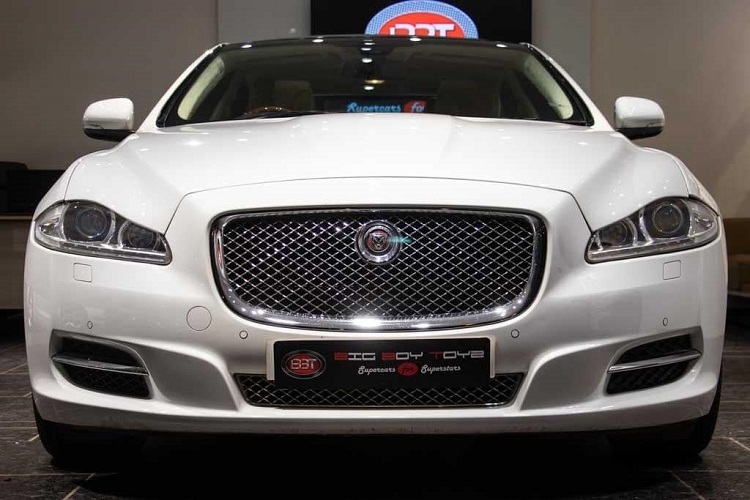Checking for rust on a used vehicle is of the utmost importance because rust can spread unchecked if it is not addressed quickly. Finding a truly rust-free vehicle can help you get the most for your money. The year in which the vehicle was made and the amount of miles that have been put on the engine are important factors to consider, but rust may be even more important; if given the choice between a used vehicle with no rust that is seven years old and one that has started to rust out after just six years, you most likely want to go with the older car.
So, how do you check for rust? It’s all about knowing what causes the rust and where to look. The following are two of the best things you can do when examining any used car.
Table of Contents
Checking the Body Panels
Cars often rust out along the main panels, usually right along the bottom edges. This includes the undersides of doors, the side panels and the like. This is where salt and water are splashed during the winter in the rust belt, leading to extensive corrosion. If the rust is quite advanced, you can typically spot it simply by walking around the car and looking at the lower edges of these panels.
If it’s just starting, it’s best to kneel down and run your hand along the bottom, past your line of sight. You can often feel the rust even when it’s hard to see. It may feel like grit or just rough metal, but it may feel like more flaky and loose as it gets worse. After you check, look at your skin to see if there is any residue left, even if the panel felt smooth. Minor rust like this may be fixable, but you must know it’s there so you can act before it gets to be too bad.
Checking Under the Car
The next thing you want to do is check under the car itself–rust on the frame is often completely hidden–and there are two ways to do this. First, you can get a mechanic’s creeper–a flat board with casters on the underside–and a car jack, lifting the car up and rolling under it. If the vehicle is a truck, it may have enough ground clearance to slide under without assistance. Look for rust on the main structure, concentrating around the axles. Take a flashlight and check up under the wheel wells. You also want to look at the bottom of the floor panels to see if corrosion has started or if there are even small holes forming, holes that are invisible from inside the car since they’re hidden by the carpet.
Now, you may not have access to these tools or time to do such a thorough inspection, so another option is to pop the hood and see if there is rust inside the engine compartment. This does not give you a comprehensive view of the entire vehicle, but, if you see rust on the walls or the bottom of the compartment, it’s a good indicator that there’s rust everywhere.















